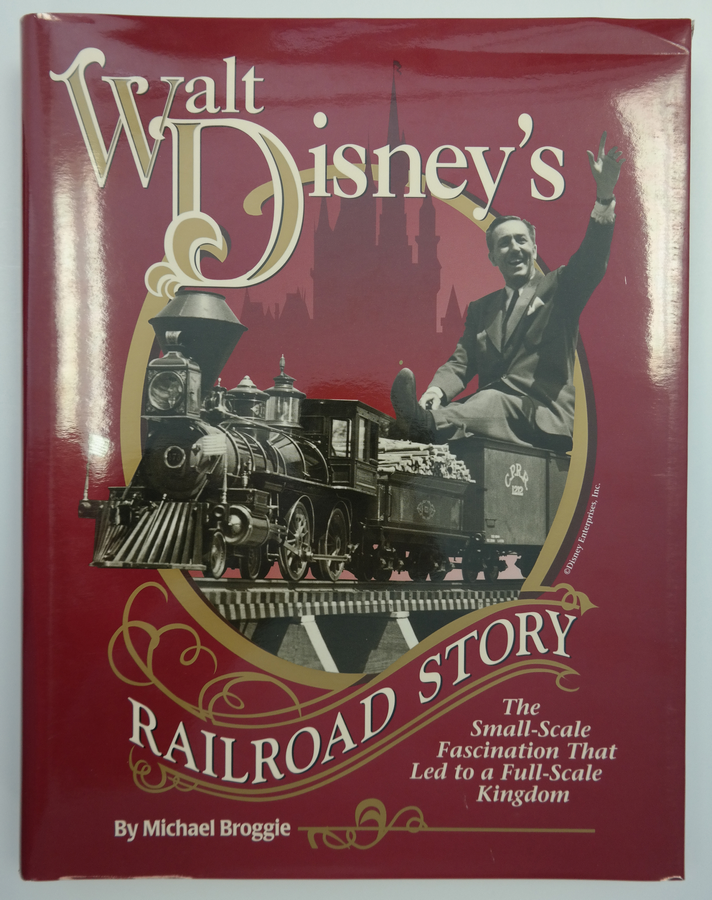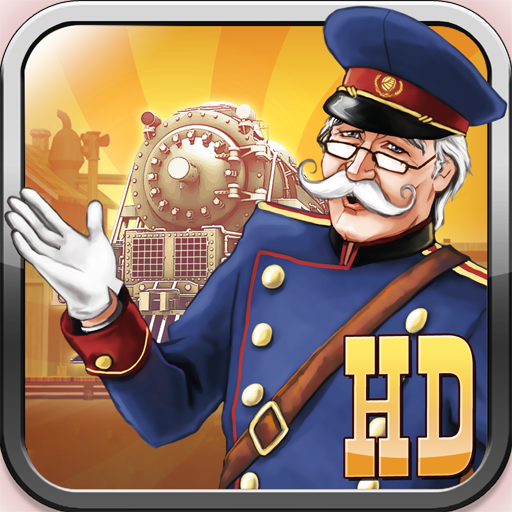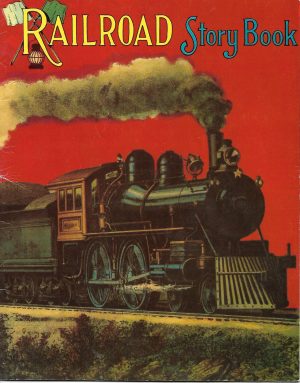


Five open-air, clerestory-roofed observation cars with forward-facing seats dating from the park's opening were removed from service shortly after the diorama's opening in 1958 but were returned to service in 2004 after undergoing a three-year restoration. Today the seating consists mostly of open-air, freight-styled coaches with bench seating still facing right for ease of loading and unloading at the depots and for easier viewing of the diorama. The 1958 addition of the Grand Canyon/Primeval World diorama necessitated a change in the rolling stock instead of facing forward, the benches of the new flatcars were changed to face right so that the diorama could be better enjoyed by the passengers. Passenger seating originally consisted of forward-facing bench seats in several railcars. They operate with automotive windshield wiper motors. These scaled-down replicas were designed and built by the San Bernardino, shops of the Santa Fe as a gift to Disneyland. The Santa Fe Railway offered the use of full-scale crossing signals, but Disney declined as they would be out of scale with the trains. As the train passes behind the " It's a Small World" attraction in Fantasyland, it crosses a service road leading back to the roundhouse that is protected by two miniature wigwag crossing signals. Walt Disney dictated that a minimum of two trains were to operate at all times, and it is not uncommon for three or four trains to run simultaneously on busy days.Ī detail dating from the park's opening can be seen from the railroad. The passing track was disconnected and now is only used to display a handcar. Later, for safety reasons, and to allow the use of more than two trains, the line was changed so that trains followed behind each other, no longer able to pass one another. A passing track was incorporated at Main Street station where one train had to wait to allow the other to pass. Under the original track plan, two trains (one freight and one passenger) could operate on the railroad simultaneously, running in the same direction. The line features grade crossing signals, automatic block signals, and a roundhouse for locomotive storage.

Laid to three-foot gauge, the most common narrow-gauge measurement used in North America, the train's track runs in a continuous loop around the park, which has subsequently expanded past the tracks in some places. 3.2 The Grand Canyon/Primeval World diorama.The Disneyland Railroad was temporarily closed from January 10, 2016, until J(soft-opening on July 28, 2017), in order to accommodate the construction of Star Wars: Galaxy's Edge, northwest of Frontierland. It was the longest prolonged closure of the railroad in park history. The railroad is, in fact, the first thing visitors see upon entering Disneyland via the main entrance.Īfter closing for refurbishment in late 2004, the railroad reopened the following march March after undergoing a three-month restoration to bring the roadbed back to gauge in time for the Happiest Homecoming on Earth. It remains one of Disneyland's most popular attractions as riders can use it as transportation to other areas of the park or to simply ride the trains on the so-called "grand circle tour." Unlike the Disneyland Monorail System, which requires riders to disembark at the Tomorrowland station, passengers on the DRR can remain on the trains for as long as they wish. The live steam railway was constructed at a cost of US $240,000 and each of the original four locomotives cost in excess of $40,000 either to build or restore. The Disneyland Railroad (DRR) is a narrow-gauge railroad located at Disneyland in Anaheim, California USA that was inaugurated on that theme park's opening day, July 17, 1955.


 0 kommentar(er)
0 kommentar(er)
